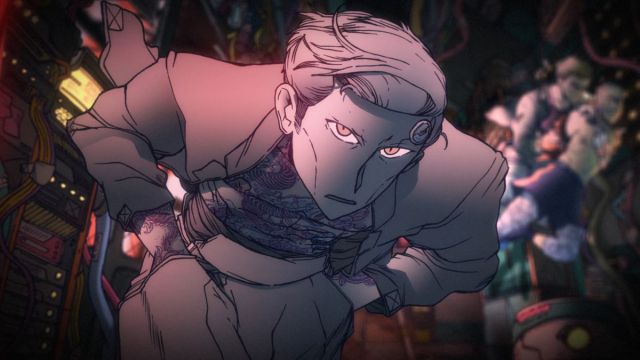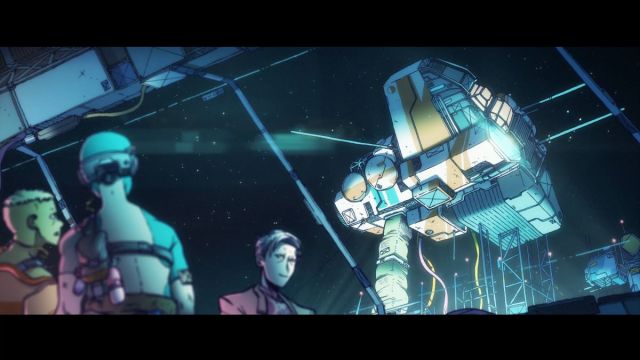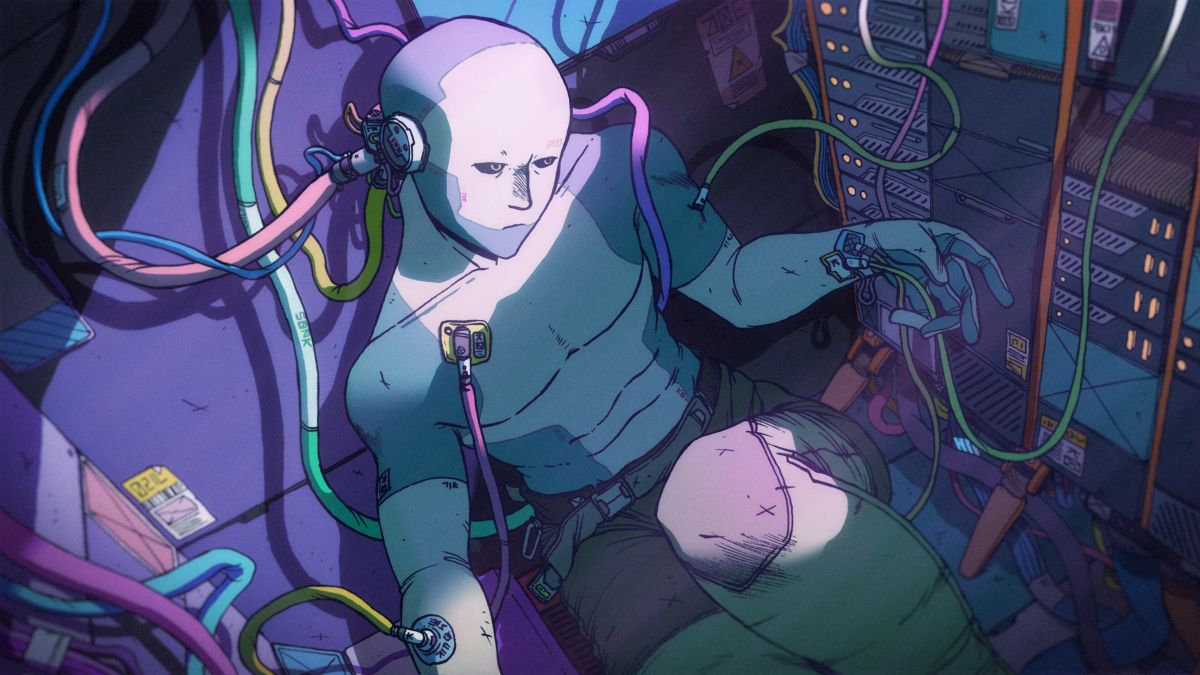How to find new life in space again
Citizen Sleeper was one of the biggest surprises of last year for me. It was a stellar combination of virtual and tabletop mechanics in a gorgeous, distant space setting that drew me in and quickly became a favorite. So when Citizen Sleeper 2 appeared out of the blue, you can imagine how eager I was to hear more about it.
The first game follows a rogue, copied consciousness on the run, trying to avoid the hunters of their corporate overlords while attending to a steadily deteriorating body. It’s a battle against planned obsolescence, in a cold station on the fringes of space. A place where a “Sleeper” like you could find a home, or at least a crossroads towards a new one. But following a series of DLC updates, Citizen Sleeper 2: Starward Vector heads in a new direction. We talked to creator Gareth Damian Martin, of Jump Over The Age, to see just what that direction looks like.
Pushing your luck
To start, you’re still a Sleeper. The corporate-owned android body is still your home. But, as seen in the trailer above, your relationship with a critical chemical compound called “Stabilizer,” necessary for survival in the first game, has changed. In Citizen Sleeper 2, an attempt to free yourself from dependence on Stabilizer has left your body malfunctioning. So you steal a ship and head on the run, with a body on the fritz and a price on your head.
As Martin puts it, you no longer have a declining body, but a malfunctioning one. “The distinction being that it’s no longer predictable,” they said. “It’s no longer like, ‘Well I know tomorrow, I’m going to be a little worse off.’ It’s much more of a push-your-luck situation, where the more that you push your body, the more likely it is that you’re going to suffer a malfunction, but it’s not a guarantee.”

This idea of pushing luck is an interesting one. It’s something you can see in tabletop games like Blades in the Dark—an influence behind the first Citizen Sleeper. These gambits can pay off, and the resources can be both bountiful and crucial to survival. However, they may come with a cost. Martin points towards a feeling of being “on the edge” of being overwhelmed, and the stories that can come from that.
“That’s always my kind of endpoint, is just thinking about, what’s the narrative like,” said Martin. “I don’t really care about the mechanics on their own. I’m interested in how they will serve and drive interesting narrative outcomes, where there’s not really a kind of pure success on offer. There’s instead just a series of compromises and variations.”
A stressed-out Sleeper
If you map out a typical Citizen Sleeper run as a line graph, you’d see continuous dips and sudden spikes back to full. That rocky, alpine road of upkeep is what keeps the dice flowing in, and dice are how you get things done every day.
Citizen Sleeper 2 will maintain a good chunk of those systems. There’s still a three-level system of risk, depending on what kinds of dice you have to place down. There are still, right now, a number of dice every cycle that can decline based on your current status. But stress is a new factor. For a game where you’re already on the run, that’s a powerful motivating factor to keep moving forward—and to take the risks you might normally avoid.
“When the game is kind of about crisis, and about entropy, about fighting against things falling apart and what that takes, then something like stress is a really valuable concept and mechanic simultaneously,” Martin explained to me. “So that’s kind of like, the big thing that unites Citizen Sleeper 2’s changes, really.”

As you move through the system on your ship, you can pick up contracts. These can give you the resources you need to keep going. But you’ll need to ensure they succeed, too. Having a crew, then, helps a lot. While you’re talented, you can’t be perfect at everything in Citizen Sleeper 2. Selecting a crew for your jobs can play a big role in them succeeding. Martin points to Into the Breach as a “guiding intent.”
“I often think about Into the Breach as the apex of the game where you spend more time looking at the problem in front of you than you do actually clicking buttons,” said Martin. “And while I’m not making Into the Breach, and Citizen Sleeper wouldn’t kind of ever be able to reach that level just by design, that is still something that I take as a kind of guiding intent. I very much like to have the idea of players sat there, scrolling around, looking at what’s in front of them and being like, ‘Okay, how am I going to solve this cycle in the best possible way?’”
Squats in space
With that crew-involved story, Citizen Sleeper 2‘s influences may not be a tremendous surprise. Martin names series like Cowboy Bebop, Firefly, and Deep Space Nine. Particularly, Martin calls attention to the episodes of DS9 where the “plot engine” turns off, and we get to zoom in a bit more on the crew. Stories about the crew, and their interpersonal drama, can often stand out in ways we don’t see often in games.
At least, not in the scrappy crew manner we do in Citizen Sleeper 2. Compared to Commander Shepard’s “flying office building”, as Martin puts it, the ship of CS2 is more like a “squat in space.” All the NPCs have their own agency, too. They’re people, who have their own drivers that are not always aligning with yours.
Making personnel choices—who you take with you on jobs, who you get along with, and who you let on the ship in the first place—seems like it could be a big differentiator for Citizen Sleeper 2. It certainly adds a unique twist to the interactions and relationships of the game, compared to its predecessor.

But that’s all in the future. Citizen Sleeper 2 doesn’t have a release date at the moment; for now, it sounds like Martin wanted to let fans know it’s in the works. That’s alongside a lot of other CitSleep content too, like a solo tabletop game and Design Works book.
When it comes to the finished sequel, Martin looks forward to getting the players into trouble, it seems. That mix of narrow successes, of making it through but not without a mark, looks to carry forward. And now, you’ll have a crew of characters to add into the mix.
“I’m hoping it will feel quite different to the kind of space games that people are used to playing,” said Martin. “But at the same time, will feel like a continuation of Citizen Sleeper’s ideas about freedom, ‘freedom’, in story, and meaning, and characters. Getting to be part of their story, whatever that means, even if that’s not necessarily even helping them, or enduring them, specifically. [laughs]”


